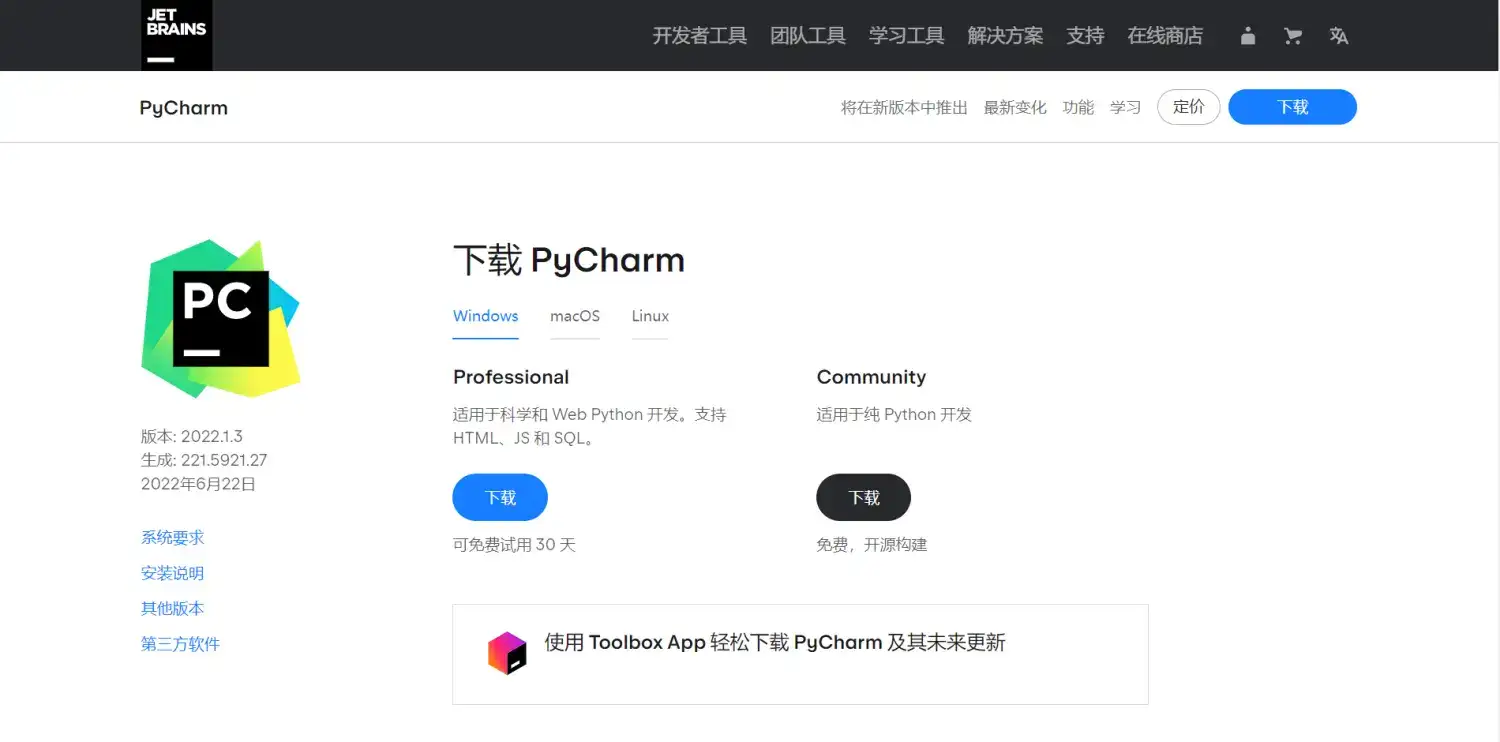A Comprehensive Exploration of Real-Time Status Update: Deciphering the Optimal Frequency for Seamless Connectivity
2024-01-20 03:29:28
Unveiling Information Age: A Novel Metric for Real-Time Status Updates
In the realm of real-time applications, the freshness and accuracy of information are paramount. Information age (AoI) emerges as a groundbreaking metric that quantifies the timeliness of information, playing a pivotal role in evaluating the performance of real-time systems. AoI captures the elapsed time since the generation of information, providing a comprehensive measure of its relevance and usefulness. By minimizing AoI, systems can ensure that information is delivered to the intended recipients as promptly as possible.
Balancing Act: Optimizing Update Frequency for Seamless Connectivity
The frequency of status updates plays a crucial role in maintaining real-time connectivity. Frequent updates ensure that information remains fresh and up-to-date, reducing the impact of aging. However, excessively frequent updates can introduce unnecessary overhead, straining network resources and potentially leading to congestion. Striking a balance between these competing factors is essential for achieving optimal performance. The article delves into various approaches for determining the optimal update frequency, taking into account factors such as network conditions, application requirements, and resource constraints.
Real-World Applications: Embracing Real-Time Status Updates
Real-time status updates find widespread application in diverse domains, including edge computing and the Internet of Things (IoT). In edge computing, real-time status updates enable devices to communicate their current state to the edge server, facilitating efficient decision-making and resource allocation. In IoT networks, real-time status updates allow devices to exchange information about their operational status, enabling proactive monitoring and maintenance. The article explores these applications in detail, highlighting the benefits and challenges associated with real-time status updates in each context.
Unveiling the Future: Innovations in Real-Time Status Updates
The field of real-time status updates is constantly evolving, with ongoing research and development efforts pushing the boundaries of what is possible. The article delves into some of the emerging trends and innovations in this area, such as the use of artificial intelligence (AI) and machine learning (ML) for optimizing update frequency and predicting future status updates. It also explores the potential of 5G networks in enabling ultra-low latency communication, facilitating more frequent and timely status updates.





